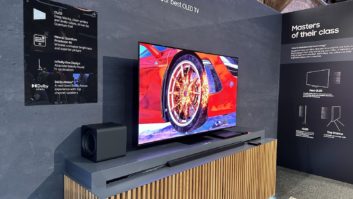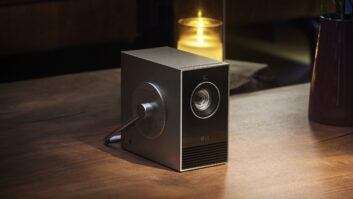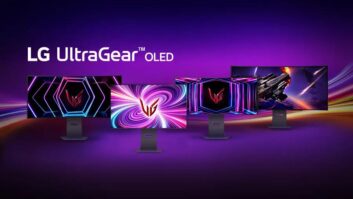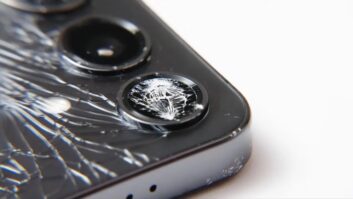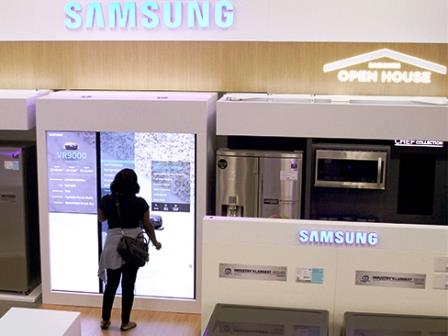
Samsung and LG Electronics dominated the U.S. major appliance market in the first quarter.
According to The Stevenson Company’s latest TraQline sales data, the Korean brands claimed the No. 1 and 2 spots in dollar volume respectively, with LG barely edging out Whirlpool brand for second place.
Whirlpool brand remained No. 1 in unit volume, however.
The TraQline figures, first reported in South Korea’s Electronic Times News, show that Samsung bolstered its position as America’s biggest-selling appliance brand by growing its market share 33 percent year over year to 18 percent.
Samsung took the top spot from Whirlpool in the third quarter of 2016 and has retained its No. 1 ranking since, by leading in the refrigeration and laundry categories.
Choi Ik-soo, director of Samsung’s strategy marketing team for the living home appliance business group, attributed its success to “innovative washing machines” like its Flex washer, which provides two separate compartments for laundry loads, and the popularity of its smart Family Hub refrigerator.
See:Samsung Builds On Design Innovation
LG told the publication that its own version of a bifurcated washer, the TwinWash, along with other premium products, helped close Whirlpool’s narrow sales lead last quarter.
The TraQline tracking surveys, which Stevenson also employs to compile TWICE’s Top Retailer rankings, show LG’s 15.8 percent share as fairly consistent across the trailing four quarters, while Whirlpool’s Q1 share fell to 15.4 percent over year. The figure is specific to the Whirlpool badge and does not reflect the company’s expansive brand portfolio.
GE, now owned by China’s Haier Group, and Sweden’s Electrolux, round out the top five U.S. sales leaders.
The share shifts represent a remarkable achievement for the Korean companies, which began targeting the U.S. mass premium market in the early 2000s. Prior to that, LG’s majap presence here was limited to commodity ACs and other small appliances under the Goldstar brand, while Samsung’s early white-goods efforts were marked by series of design and organizational fits and starts.
Nor did their eventual successes come without controversy. Both companies have been sued by competitors (largely Whirlpool) for patent violations and anti-competitive practices that priced their products below market value with support from Korean government subsidies.
Indeed, industry observers fear that that the pair’s aggressive price promotions in pursuit of market share could have the same deleterious effect on the white-goods business that they had on the once margin-rich TV category.
At the same time, the companies are also credited with
energizing a lackluster industry
by bringing fresh designs and fashion innovations to the fore.





